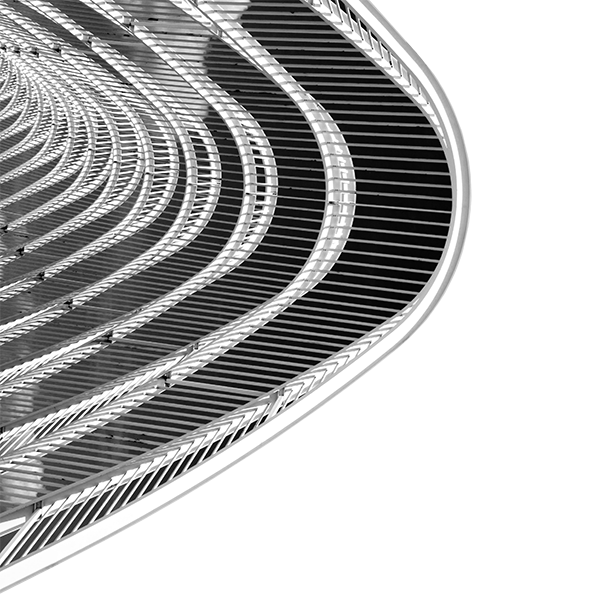Are you Protecting your Wind Turbine Blades Effectively?

What would you do if you watched one of your wind turbine blades go up in flames after being struck by lightning?
Watch what happens when a wind turbine is struck by lightning here.
The damage that a lightning strike can cause to a wind turbine can be detrimental if the proper testing isn’t performed beforehand. The standard practice for wind turbines is to include some form of lightning protection in the design. However, the size and complexity of wind turbines makes testing extremely difficult, and in many cases, impossible.
Non-catastrophic lightning can cause non-visible (internal damage) to structural support components. Lightning protection systems can reduce the damage from “direct strike” but degradation over time and unintended internal arcing can greatly reduce the lifespan of a wind turbine blade. Catastrophic damage (where the blade physically breaks) can then happen from less severe strikes.

Different locations geographically have different amounts (frequency) of lightning strikes. Lightning protection systems are enormously complex due to the length of modern wind turbine blades, leading to many non-obvious damage and attachment locations.
EMA® can help by determining how much lightning is in an area. From here, we can determine where on a wind turbine blade lightning is likely to attach as well as how intense the lightning is. We can assess the effects of lightning in terms of likely degradation to insulated cables and structural carbon (etc.). 3D Electromagnetic models like the ones we produce are ideal for the rapid evaluation of field retrofits and determining where damage is possible from lightning strikes.
We can look at field damage and reverse engineer what is likely to have happened. We can look forward and assess what level of risk a particular lightning protection system carries, and we can look at where a wind turbine is going to be deployed and identify what type of protection it needs to have. This can be targeted to the folks that make wind turbine blades and the people that buy/operate them.
With both the probability/electric field analysis and lightning current simulation in hand, a complete picture of the performance of the lightning protection system for a given wind turbine blade is now available. Once confidence in the lightning current simulations is obtained (typically through comparison of the lightning current simulation outputs to observed field damage or test results), retrofit options or design changes (down conductor routing, grounding considerations, etc.) can then be rapidly iterated through to optimize performance (with cost and feasibility considerations in mind).
In many cases there are ways to reduce the likelihood of damage to in-service blades, often without requiring wholesale structural changes. EMA® has successfully used this strategy to support many variations of the wind turbine blades, with many having been validated through field observation and testing. If you want to better understand the performance of your wind turbine blade in the presence of lightning or to improve it, look no further than EMA®! Contact us NOW!

